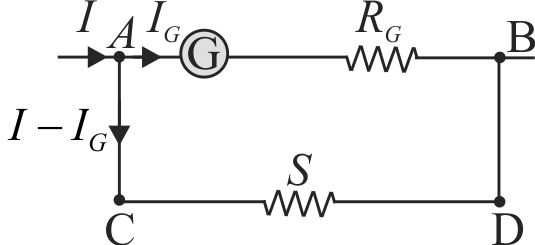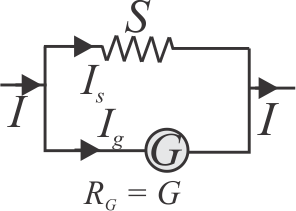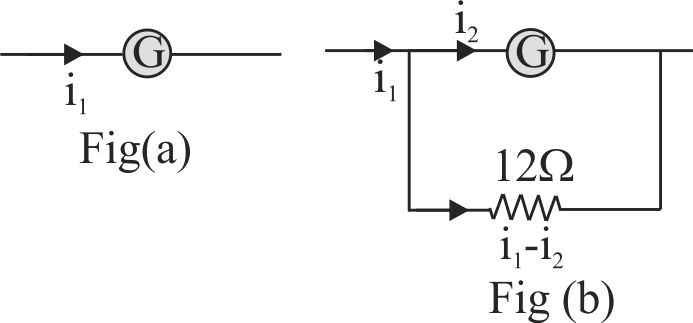362946 The resistance of an ammeter is \(13\,\Omega \) and its scale is graduated for a current upto \(100\,amps.\) After an additional shunt has been connected to this ammeter it becomes possible to measure currents upto 750 amperes by this meter. The value of shunt-resistance is
362946 The resistance of an ammeter is \(13\,\Omega \) and its scale is graduated for a current upto \(100\,amps.\) After an additional shunt has been connected to this ammeter it becomes possible to measure currents upto 750 amperes by this meter. The value of shunt-resistance is
362946 The resistance of an ammeter is \(13\,\Omega \) and its scale is graduated for a current upto \(100\,amps.\) After an additional shunt has been connected to this ammeter it becomes possible to measure currents upto 750 amperes by this meter. The value of shunt-resistance is
362946 The resistance of an ammeter is \(13\,\Omega \) and its scale is graduated for a current upto \(100\,amps.\) After an additional shunt has been connected to this ammeter it becomes possible to measure currents upto 750 amperes by this meter. The value of shunt-resistance is
362946 The resistance of an ammeter is \(13\,\Omega \) and its scale is graduated for a current upto \(100\,amps.\) After an additional shunt has been connected to this ammeter it becomes possible to measure currents upto 750 amperes by this meter. The value of shunt-resistance is



